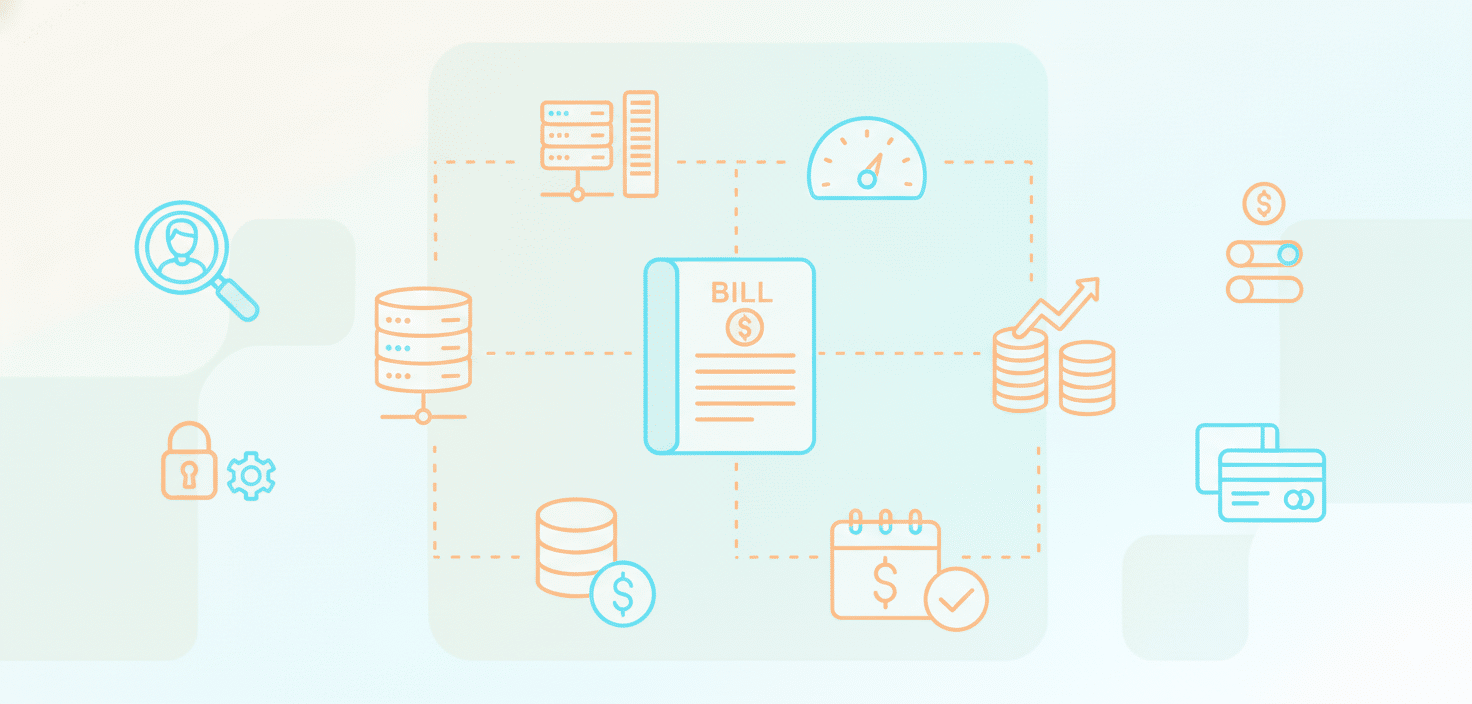SaaS 支付
什么是SaaS动态计费?

什么是SaaS动态计费?
SaaS动态计费是一种可根据客户参数和行为调整定价的计费方法。它有助于实现实时价格调整,可能影响收入生成和客户满意度。
主要特点:
- 根据客户行为或使用情况动态调整定价。
- 适用于多种定价策略,例如:
- 基于使用量的模式
- 基于价值的定价
- 分层定价
- 附带附加功能的免费增值模式
- 需要周密的规划和透明的沟通,以:
- 避免客户困惑
- 维护信任与公平
SaaS动态计费有哪些好处?
SaaS 动态计费提供了显著的灵活性和运营优势,但也带来了一些挑战。
优势:
- 该定价模式允许客户仅为所消耗的资源付费。
- 客户和供应商都存在成本考量。
- 透明计费可能与客户满意度相关联。
- 对使用模式和行为的洞察可能很有帮助。
- 可扩展性得到调整,计费随使用量变化。
- 自动化可减少人工工作并降低计费流程中的错误。
- 旨在提高效率的计费流程。
挑战:
- 实施可能复杂且技术要求高。
- 需要强大的系统来监控和管理使用数据。
- 不可预测的使用量可能导致收入流波动。
SaaS 动态计费与传统方法有何不同?
SaaS动态计费反映了从静态计费到数据驱动定价模型的转变。
|
方面 |
动态计费 |
传统计费 |
|
定价结构 |
灵活,可根据使用情况或需求进行调整 |
固定、静态定价 |
|
客户价值契合 |
高 - 定价与实际消耗匹配 |
低 - 无论使用量,费用均相同 |
|
收益潜力 |
通过实时调整进行优化 |
受固定费率限制 |
|
自动化级别 |
高 - 自动开票和收款 |
常需手动处理 |
|
复杂性 |
需要强大的数据分析系统 |
易于管理但适应性较差 |
|
客户感知风险 |
需保持透明以维护信任 |
可预测且稳定,但灵活性较低 |
SaaS 动态定价有哪些缺点?
动态定价虽然提供了灵活性和潜在的收入增长,但也伴随着一定的风险。
- 如果价格显得不公平或具有剥削性,可能会引起客户强烈反弹的风险。
- 可能导致价格战,从而降低整体利润率。
- 不适用于需要稳定、可预测定价的行业(例如,必需品、长期合同)。
- 市场波动可能导致难以预测最优价格,从而错失收入机会。
哪些行业从 SaaS 动态计费中受益最多?
动态计费非常适合具有可变消费模式或按使用量定价模型的行业。
- 适用于各种规模的企业——从初创公司到大型企业。
- 尤其适用于:
- 云计算 (按存储或计算使用量计费)
- 航空公司(动态调整票价)
- 网约车服务(高峰需求期间的动态加价)
最适合:
依赖实时资源消耗或按使用量交付服务的企业。
结论
SaaS动态计费有可能将SaaS定价与感知价值挂钩,根据其战略性和清晰的部署情况,可能会影响收入和客户满意度。
准备好开始了吗?
我们也曾经历过您的挑战。让我们分享18年的经验,助您实现全球梦想。